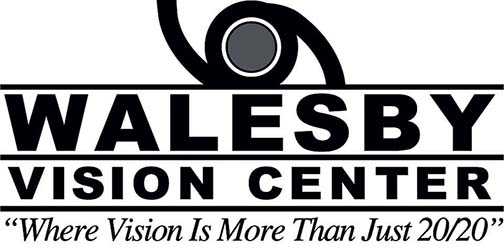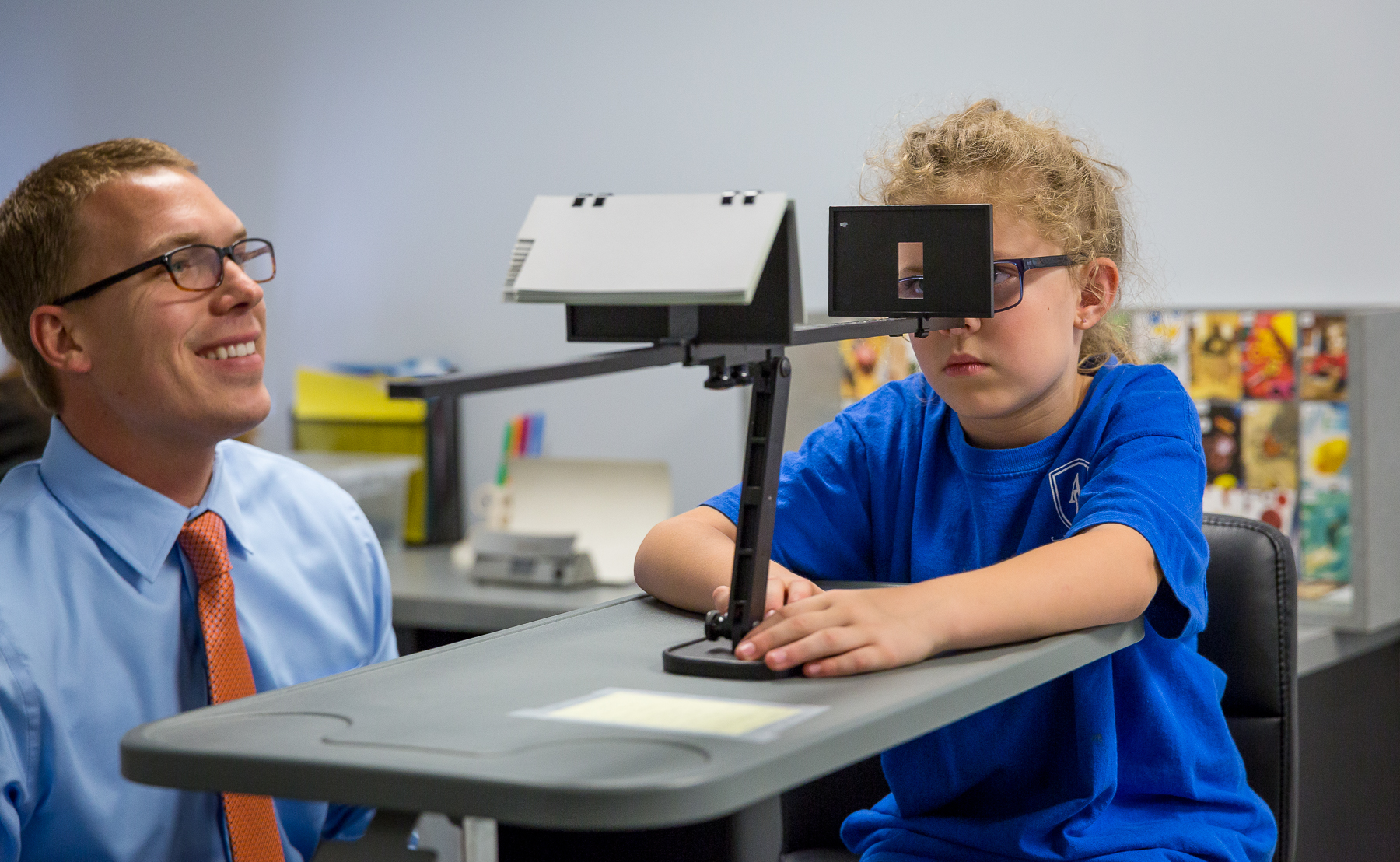
The following questions are helpful in determining if your child needs more than a routine eye exam. If you answer yes to any of these questions, please call our office for further information.
- Does your child like to read or do they read because they have to?
- Do they skip words, lose their place and/or have poor comprehension?
- Do they complain that their eyes hurt or have headaches after extended
- work?
- Do they complain about distance vision being blurry after near work?
- Is your child an underachiever or not working up to their potential?
- Are they slow to finish homework and have trouble with timed testing?
- Are they clumsy or have poor eye-hand coordination?
Yes. We are specialists in treating and diagnosing binocular vision dysfunctions. We perform an additional battery of in-depth tests that diagnose these dysfunctions.
Yes, as stated above, both conditions can coexist. In these instances, treatment for both conditions is necessary and many times critical for progress. It should also be noted, however, that more than half of the symptoms for both conditions are the same. Therefore, it is always best to rule out visual dysfunctions first or shortly after a diagnosis of AD(H)D.
The definition of dyslexia has changed over the last several years. True dyslexia is a relatively rare condition where the brain receives the impulse from one eye slightly ahead of the other eye, resulting in things being seen or perceived in reverse order. Many teachers and psychologists label any child who experiences reversals as dyslexic when, in fact, most of these children actually have a Binocular Vision Dysfunction and/or a Visual Processing Dysfunction. Treating the visual problem reduces or eliminates the reversals, by training the brain to understand “what” the eyes are seeing and to spatially understand orientation.
Typical therapy takes between 7 to 12 months depending on the level of severity. Our facility believes that in-office therapy yields the best results by placing less emphasis on home exercises and more emphasis on doctor and therapist-trained therapy. Therefore, in school-age children and adults, therapy is performed 2-3 hours per week. Integration breaks of 6 weeks or more will occur throughout each treatment program. Throughout the therapy program, there will be approximately 3-4 evaluations to measure progress.
Our facility is the only one in the region where doctors perform hands-on therapy in addition to a very well-trained staff of therapists.
Typical improvements in performance are generally seen after 15-18 weeks of therapy. However, a good percentage of our patients see improvement well before this time frame.
Success is defined as having eliminated the visual dysfunctions identified in the evaluation, reducing the symptoms, improving performance problems and increasing quality of life. Success with visual therapy depends on many factors and is directly proportionate to the level of commitment the patient puts forth. The patient take ownership of the problem and have a genuine desire to eliminate it. If the effort is put into improving their visual dysfunction, success will be achieved.

Lutz Office
(813) 345-8544
24444 State Road 54, Lutz, FL 33559
Oldsmar Office
